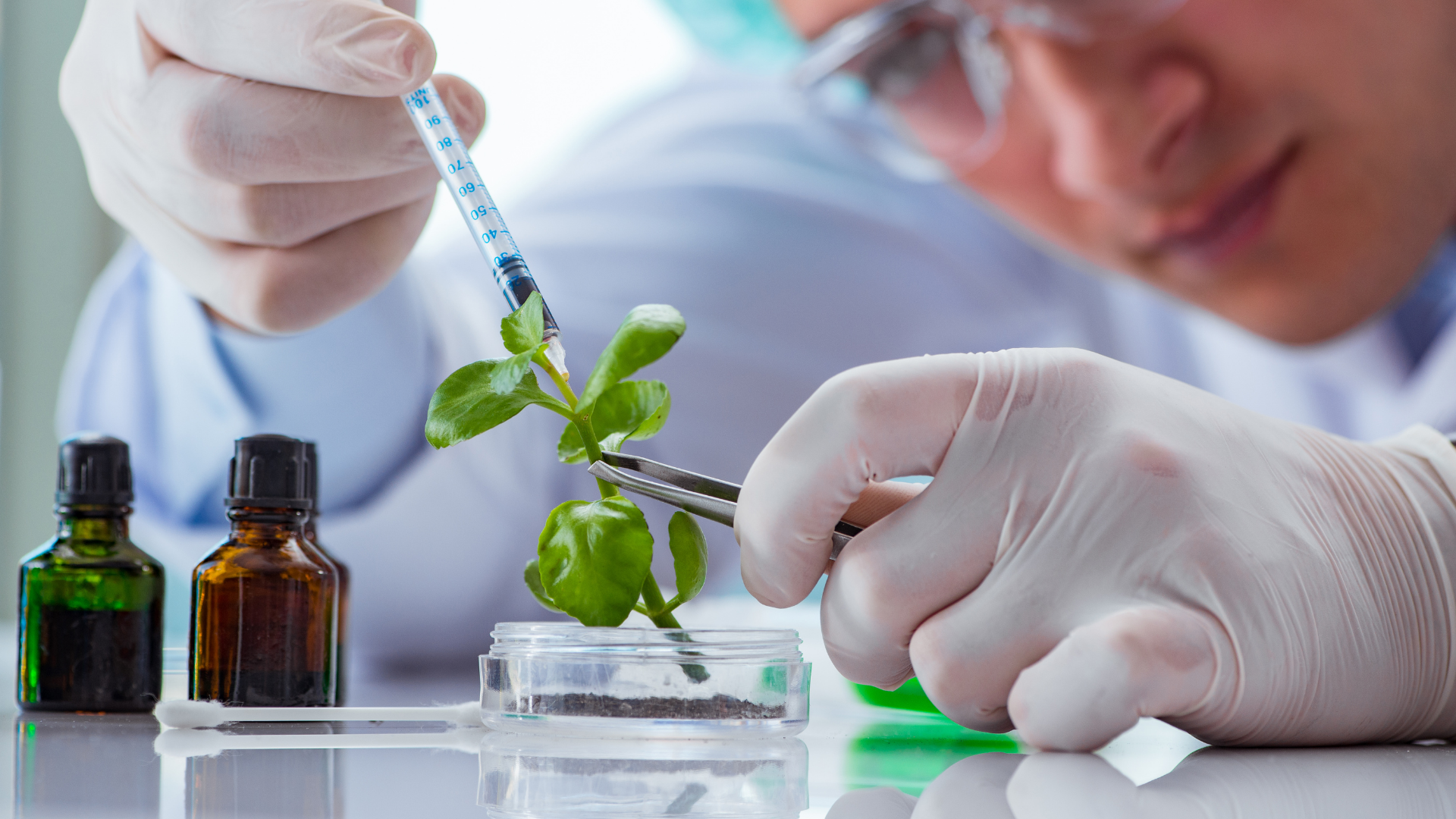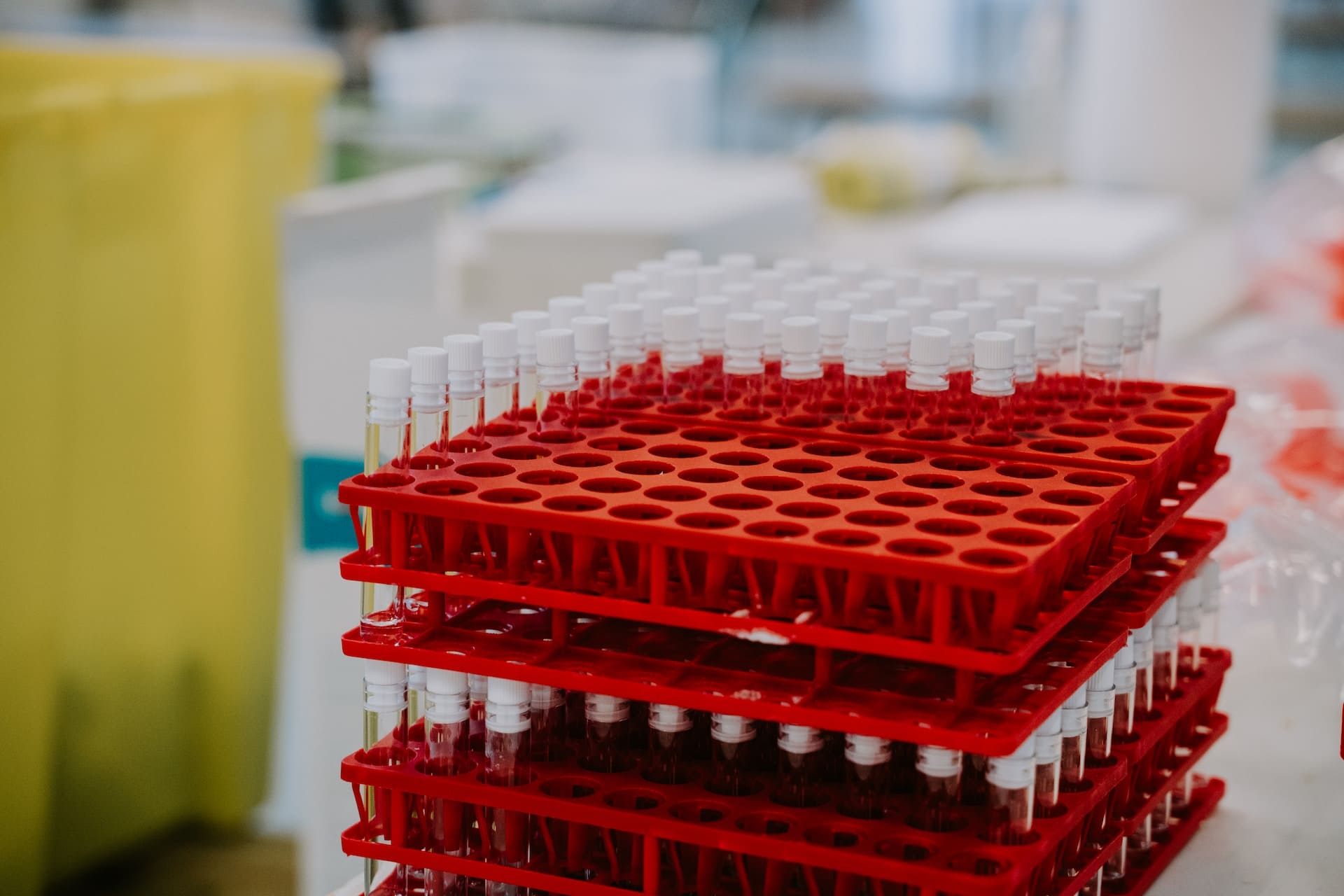Overcoming Vaccine Manufacturing Challenges

When it comes to answering the question of how to overcome vaccine manufacturing challenges, adherence to regulatory guidelines is crucial. Official regulatory guidelines provide a springboard for initiating the ‘drawing-board’ stage of vaccine platform technology. As Harris Makatsoris, Professor of Sustainable Manufacturing Systems at King’s College London, explains, “often with vaccine manufacturing, it comes down to the question of ‘where do we even start?’”
Understanding regulatory requirements and anticipating those targets, needs, and specifications that enable efficient manufacturing aids subsequent life-cycle proficiency. This, in turn, can help pinpoint, from the off, the challenges of up-scale and down-scale processes, fit-for-purpose manufacturing, and the intensification of vaccine production.
Vaccines Europe: In-Person Conference
It was during Oxford Global’s inaugural Vaccines Europe: In-Person event that Makatsoris spoke on the vaccine manufacturing challenges facing the biologics industry today. Vaccines Europe was an intensive 2-day in-person conference that delved into the latest in vaccine research, platform technologies, analytics, and vaccine manufacturing.
- Universal Vaccines & Vaccine Therapeutics
- Advanced Vaccine Platforms & Technologies
- Why We Develop Autoimmunity: Hyperstimulation of Genetically Prone Subjects
Taking place on 29th and 30th November 2022 in Berlin, Germany, the conference provided an exclusive meeting place for experts working within cutting-edge vaccine research and development. From vaccine CMC and analytical development to advancing vaccines for antimicrobial resistance pathogens, Vaccines Europe featured insightful industry and academic presentations from some of the key thought leaders of tomorrow.
A highlight of the inaugural event was the panel discussion entitled Overcoming Vaccine Manufacturing Challenges. Moderated by Makatsoris, the panel welcomed Mic McGoldrick, Associate Director of Global CMC Technical Advocacy & Policy at Merck Sharp & Dohme and Selma Pereira Lopes, Head of Vaccine Formulation Science and Technology at Janssen. In this Insight Article, we share some of the critical takeaways from the discussion and find out how to overcome the vaccine manufacturing challenges of today and the future.
Perfecting Platform Technology
Mic McGoldrick opened the session with the following statement: “Recognition of the importance of platform technology for vaccine manufacturing has come a long way over the recent years.” Moreover, “prior knowledge is one of the foremost strategies available to facilitate and accelerate the applicability of platform technology from one type of product to another.”
This was certainly the case for the RNA and Adenovector platform, which opened the door for the development of the coveted COVID vaccines earlier in 2020. Even today, researchers are continuing to investigate and determine how best to use the platform technology implemented during the coronavirus pandemic for future uses.
McGoldrick explained how at Merck Sharp & Dohme, “we are currently working with CEPI to put together platform technology and templates covering process validation and comparability for future vaccines” CEPI is a global partnership working to accelerate the development of vaccines against epidemic and pandemic threats. The hope is that the collaboration will give developers a greater understanding of the requirements for process validation and comparability as early as possible in the manufacturing process.
Joint efforts in platform technology transference will likewise provide a reference point for potential changes in a product's lifecycle. McGoldrick predicts this trend will receive “more and more acceptance globally, expanding beyond only the major agencies currently looking into platform comparison.”
Navigating Large-Scale Production of Vaccines
What is the challenge of large-scale vaccine production? The simple answer: it is highly resource-consuming. “When you need to manufacture over a billion doses of a vaccine, things get expensive, and it becomes very resource intensive,” Pereira Lopes said. Typically, the production of a vaccine consists of nearly 200 components, such as glass vials, filters, syringes, tubing, stabilising agents, and disposable bags — the list goes on.
What’s more, large-scale manufacturing can involve a potentially global effort, with the supply chain sometimes reaching across several different continents. Should a distribution disruption or a break in the supply chain occur, the consequences could be fatal. Delays in shipments or restrictions of vaccine components must be factored in when navigating large-scale production of vaccines. It is also essential to bear in mind the number of established networks of contract manufacturers available and equipped to handle large-scale demands.
“When you need to manufacture over a billion doses of a vaccine, things get expensive, and it becomes very resource intensive,” Pereira Lopes said.
One solution could be, as Makatsoris put it, “scaling down and then scaling out instead of continuing to scale up.” Pereira Lopes agreed, expressing how “depending on the platform in question, how much flexibility you have, or is there are any modularisation requirements needed, scaling out may provide a better means of productivity for production.”
From a regulatory perspective, moving one scale to the other present a unique set of hurdles. “With small molecules, there is a large amount of upscaling that is possible, in that for the regulators, there is little impact,” McGoldrick highlighted. “Vaccines, however, are a different story.” Once scale-up happens beyond a volume of 1.2, most agencies require a post-approval change to be filed. This can significantly add to approval timelines.
The Future is Bright ...
Intensification of vaccine manufacturing is set to shape the future priorities of the industry. By understanding that change will happen throughout the process lifecycle and embracing a flexible approach to acceleration, vaccine developers have the opportunity to innovate and streamline vaccine production to meet the needs of tomorrow. The hope is that such efforts will yield long-term results to facilitate the optimised technology and processes for the manufacturing of vaccines more broadly.
Join Oxford Global’s annual Biologics UK: In-Person event today. This 3-day conference brings together a panel of prominent leaders and scientists, sharing new case studies, innovative data, and exciting industry outlooks.







